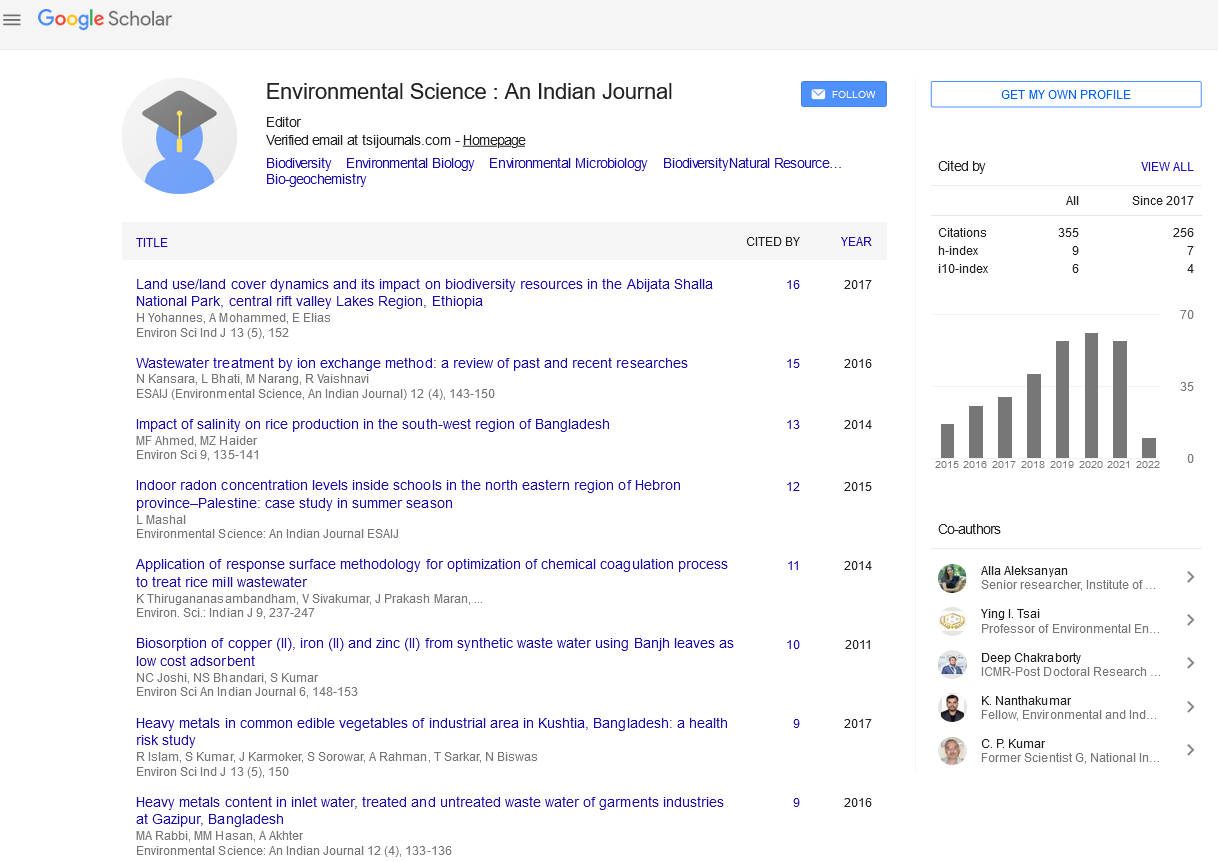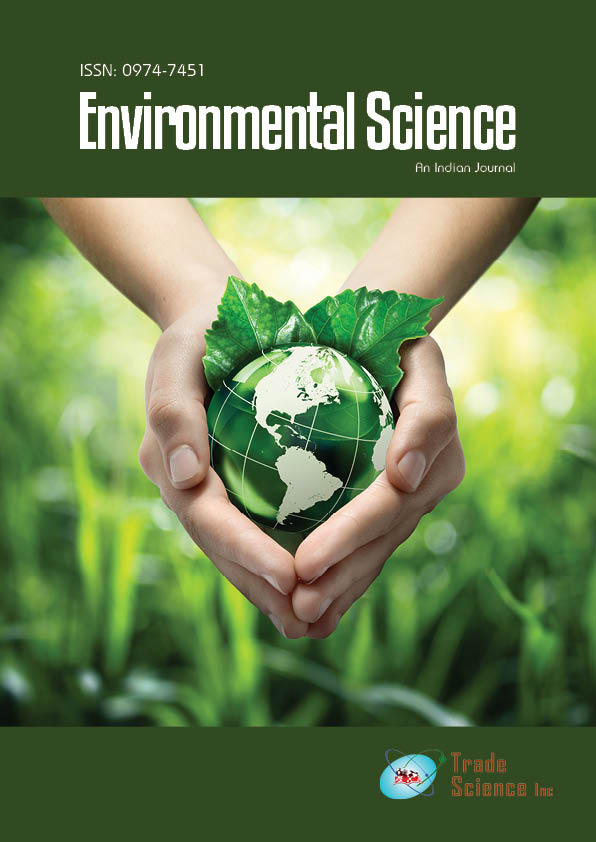Abstract
Load of parasites Helminthes in wastewater used in irrigation of Settat city (Morocco)
Author(s): M.Sobh, H.Elgharbaoui, B.El Bouhali, A.Fadli, R.Bengueddour, M.Aouan, A.HammoumiThe Morocco is facing demographic challenges and drought (less 1000m3/habitant/year). This causes people to use wastewater in the rough. These wastewaters contain fertilizing substances however its use in the raw could threaten the environment. For the city of Settat, a Morocco city which is located 60 km south of Casablanca, the wastewater is discharged without prior treatment in the river of Bou Moussa. Thus, in this work, we contribute to characterize the parasitological status of the wastewater in two main collectors A and B. The results showed that the average concentration of nematode eggs at the collectorAis 13.50 eggs/liter and 29.72 eggs/liter at the collector (B). Respectively, the eggs Cestoda was 5.24 eggs/liter inAand 2.68 eggs/liter in B. The Protozoa was 11.58 cysts/l and inAand 6.75 cysts/liter in B. Nematodes are represented especially by the eggs of Ascaris sp, Trichuris sp, Nematodirus sp, Enterobius vermicularis and Ancylostoma sp. For the tapeworms, we have Taenia saginata and Hymenolepis diminuta and Hymenolepis nana. The Protozoa were Entamoeba coli, Giardia lamblia and Entamoeba hystolitica. The concentrations of these parasites exceeds WHO standards. They therefore constitute a potential danger to the direct and indirect use of wastewater.

